FAQ
- Bolivia climbing questions
-
Mallorca island and rockclimbing
- What are main specifics of rockclimbing trip to Mallorca
- Mallorca island impressions
- Rockclimbing safety Spain
- Mallorca climbing accommodation
- What season is possible for rockclimbing in Mallorca
- Transport accessibility of climbing sectors in Mallorca
- Active vacation in Mallorca
- Saint Anthony night in Mallorca
- Peru climbing questions
- Gear reviews
-
Safety in the mountains
- How NOT to climb the summit?
- Mountain navigation
- At the limit of possibilities
- Mountain thunderstorm
- Solo ascents and mountain trips alone
- Mutual responsibility in mountaineering
- Safety illusions in the mountains - a rope
- Independent team of two
- Mountain troubles
- Psychological problems in the mountains
- Health in the mountains
-
Elbrus questions
- Elbrus climbing gear
- Climbing Elbrus with children?
- Mount Elbrus location?
- Elbrus logistics
- How to get to Mount Elbrus?
- Elbrus German airfield?
- Elbrus difficulty grade
- 5 points beginner must know about Elbrus
- How to prepare for Elbrus?
- Are there avalanches on Mount Elbrus?
- Climbing Elbrus solo?
- Seasonality of climbing Mount Elbrus
- How much time climbing Elbrus takes?
- Clothes for Mount Elbrus?
- Pressure at the top of Elbrus?
- Elbrus air temperature
- Elbrus sightseeing
- How much to climb Elbrus
- Gear questions
- Mountaineering questions
- Mountain climbing training
-
Rockclimbing questions
- Rockclimbing gear
- How to choose your first rockclimbing shoes
- The hand power in roclcimbing
- What is Rockclimbing tours
- Non olymnic rockclimbing
- What is rockclimbing?
- Where do you climb?
- Where and when we organize our rockclimbing programs?
- What is rockclimbing?
- Rockcliming program class?
- Climbing motivation
- Horse riding tours
- Iceclimbing questions
-
Questions on the alpine programs
- What to climb in Morocco?
- Weekend summit climb
- Georgia 2023
- Pico Aneto - what is that mountain?
- Mountain programs format
- Mountain climbing food ration
- Queries on the alpine program climbing Mount Bazarduzu
- Queries on the Kamchatka alpine program climbing
- What is combined program?
- What is sightseeing program?
- What is pilot program?
- What programs you have of the medium complexity level?
- Basic expedition rations
- Prices for the mountain climbing programs
- Queries on the Mountain Course in Adyl Su valley
- Program complexity?
- Questions about MCS AlexClimb
- Questions related to trekking programs
Solo ascents and mountain trips alone
Solo climbing or hiking in the mountains
Read in Telegram in English
Read in Telegram in Spanish
Is it possible to go to the mountains alone?
I'm not going to promote solo climbing in the mountains - it's always a big risk. But the number of people who want to "get off" away and put their nerves in order in the silence of the wild nature is growing every year. What to do if you know that you are not permitted, but really want to do something? It is useless to dissuade, anyway, a person will do, as he wants.
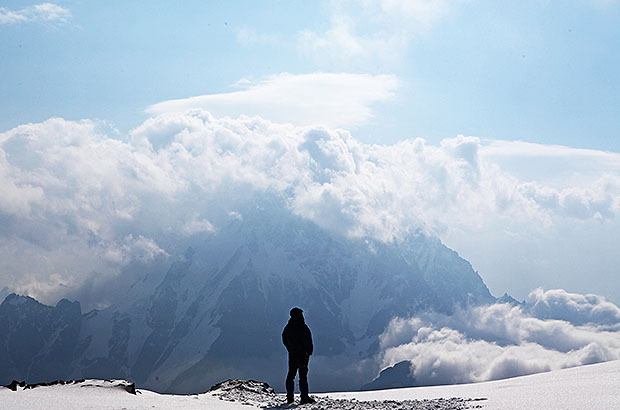
The solution is obvious. You don't need to prohibit anything. It is necessary just to rationally reduce the risks. To do this, there is a set of simple rules that will help, if not eliminate, but significantly reduce the possibility of unpleasant consequences.
Read and share this article with those who like to wander alone in the wild.
-----------------------------
I decided to deal with this issue after I was involved several times during the season as an expert to do search work and independent analyzes of accidents in the mountains. Accidents, in particular, related to unsuccessful attempts of solo ascents and mountain hikes.

To be honest, I have a certain inclination for such walks myself. So I decided to analyze this issue in more detail, draw some conclusions and make recommendations based on the analysis of the real acccidents.

If you ask the question directly - is it possible to go to the mountains alone at all, then the classic answer that can be obtained within the framework of any standard safety rules will be a categorical no. You can't go to the mountains alone.
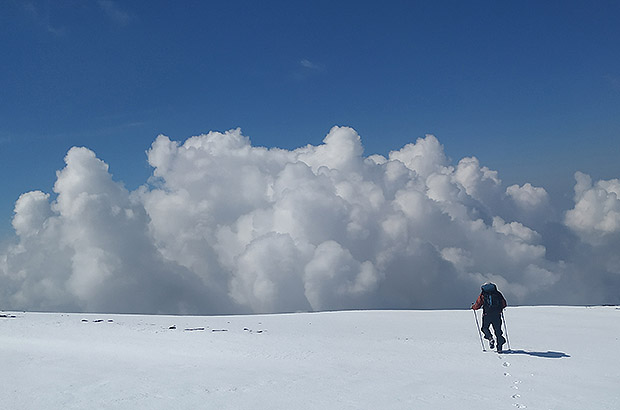
However, for many mountain lovers, being in proud mountain loneliness is the deepest and most desirable pleasure - you can’t blame them for this, many people find more useless ways out of the tight ring of everyday problems. And no safety precautions, reasonable arguments and statistics of the tourists missing in the mountains will not help - anyway, there are many who go to the mountains alone and rake problems on their butt. In general, no matter how you dissuade, these people will go anyway.
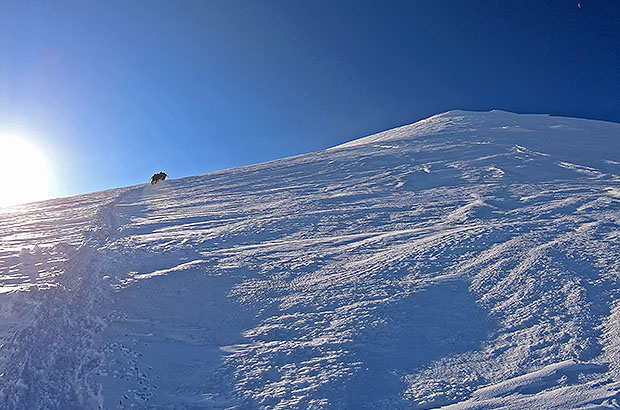
Based on this, I would rather answer this question less categorically - you can climb alone, but with the utmost care, without going a single step beyond the stock of your own experience and observing all safety rules.

The fact is that when hiking or climbing alone in the mountains, those situations that in a group format would remain just annoying troubles, in the case of being solo, can become a serious or even fatal problem. It is an obvious fact that any emergency situation in the mountains, regardless of its genesis, is as dangerous as high is the probability of the delay of getting the help or assistance in case of need. Accordingly, if there is a sufficiently large and strong team, assistance, if necessary, can be obtained immediately. What happens if you're alone?

Unfortunately, not everyone understands the real level of danger in the mountains, because even a twisted leg on a mountain path can cause a tragedy if you cannot get outside help and still cannot solve the problem on your own. Any danger in the mountains, be it bad weather, rain, snowstorm, avalanche, mudflow, rockfall, etc. are exacerbated many times in the case of a single confrontation with the elements.

Even worse, if elementary safety rules are violated (failure to provide information about the route to rescue services, deviate from the route, neglect to transmit information about one’s location), in the event of an accident, the provision of assistance will be extremely difficult, requiring the involvement of large resources and as well may lead to additional victims.

So, if you want to climb Elbrus alone for example, for example, you need to be aware that in the case of accident rescuers and volunteers will be looking for you, risking their lives. And most likely they will not find you alive. Or will not find at all.
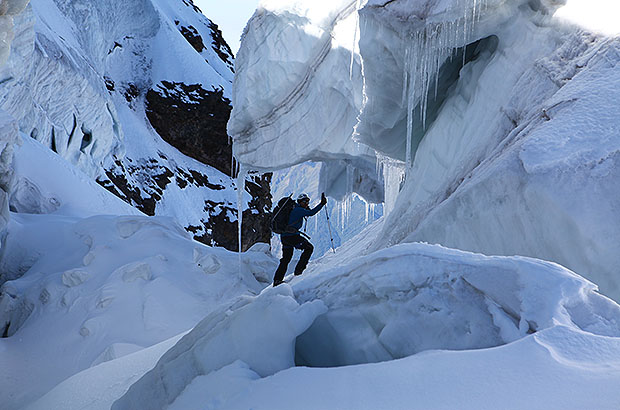
And yet, if the decision to go to the mountains alone is already made, what rules should be followed in order to, if not to avoid, but at least reduce the risk of falling into an extremely unpleasant situation?
The following rules, common to all mountain activities, but of vital importance in the case of a solo trip, must unconditionally be observed:

1. Presence of a detailed route of the trip (track), indicating the thread of the route, bivouacs, way points, dates of entry and exit from the route
2. Registration (consultation) at the local rescue service - remember - nowhere can you can be prohibited at doing anything. Registration only gives to the rescuers the opportunity to find you fast if something happens.
3. Availability of climbing insurance covering the risks according to the route. In some cases, this is an additional incentive for rescuers to search more actively or to attract additional funds for researches.
4. The presence of sufficient equipment for confident navigation on the route and the ability to use this equipment - the issue of mountain navigation was presented in other article!
5. The presence of an emergency communication channel (cellular, satellite, radio)... It is highly recommendable.
6. The presence of an "emergency scenario" - a clear sequence of actions in case if you need help from outside.
7. The presence of a controlling person responsible for the implementation of the "emergency scenario" in case of your call for help or loss of communication – in regard of solo climbing, this is the most important point of the safety rules.
I will analyze the last point in more detail, because it cannot be neglected in any way - the timeliness of providing you with assistance depends on this, in the event that something does not go as planned. Why is an additional controller needed? The fact is that the rescue services are responsible for performing rescue operations if necessary, but they are not physically able to track your movement along the route.

The maximum that can be expected from them is a certain professional reaction in case if you give a SOS signal or do not leave the route within the stated time. As a rule, in the event of an accident with a solo climber, this reaction occurs too late. Therefore, when going to the mountains solo, it is imperative to think over the communication channel through which you will be monitored from outside more carefully, and, if necessary, that some person will perform a certain “emergency scenario” agreed in advance. And this is not a whim - this one can really turn out to be a matter of life and death.
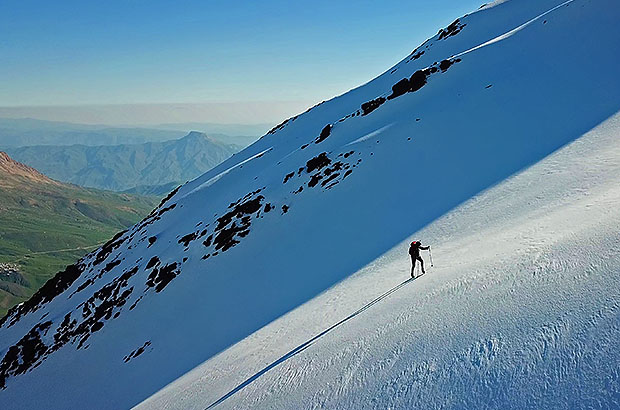
What does it look like in practice? Going on a mountain trip, you agree with a reliable person that every day (and if the route is difficult, then more often) you reset your location in a certain way - this can be a satellite tracker, SMS with coordinates if there is a cellular connection (you need a skill of working with waypoints), control communication sessions by radio.

With this person, you coordinate in advance the sequence of actions in case of the loss of communication - the accuracy of your partner's actions, in this case, will mean for you, no less, the opportunity to stay alive.
This should be understood by both you and the person with whom you agree on interaction.
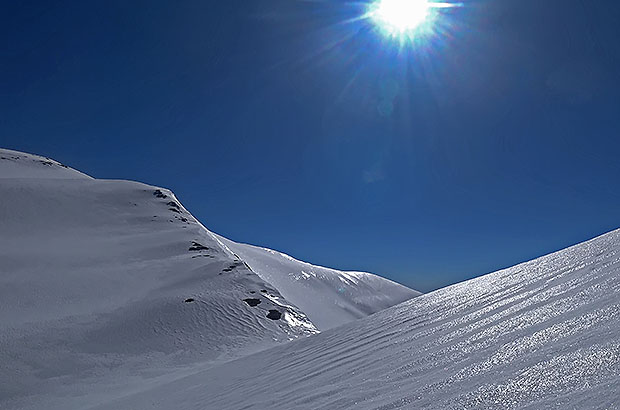
Typically, an "emergency scenario" involves immediate informing the local rescue service of a possible emergency, with the transfer of all available information about your location and the exact details of the section of the route on which the communication failed. That is, the person controlling you must have all the necessary information for possible and prompt contact with those services that can provide timely assistance, and transfer to them the details of your insurance policy together with the exact information about your route.
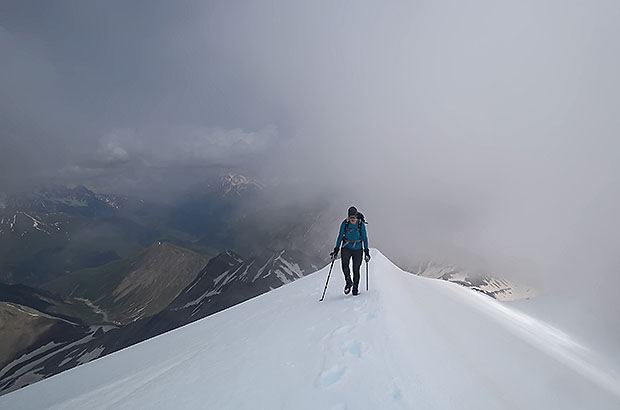
This person must understand the full measure of responsibility that he takes on - any delay in the actions according to the "emergency scenario" can lead to tragic consequences.
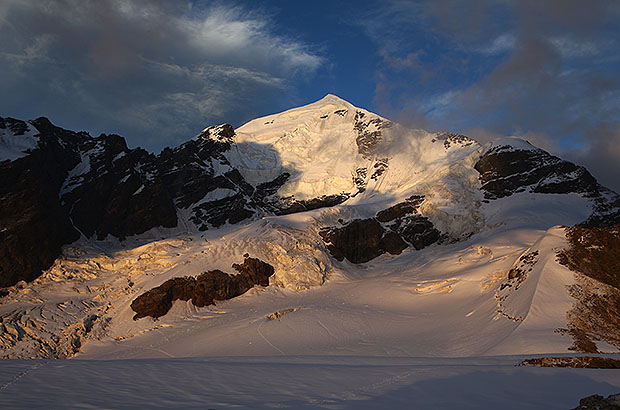
So, in conclusion. When going to the mountains alone or in a weak group, you must be aware that as a result of your mistake or negligence, not only you can suffer. A lot of the most serious problems will go to your loved ones, and a lot of stressful things are waiting for strangers who will be involved in the emergency you have created, by their duty or conscience.
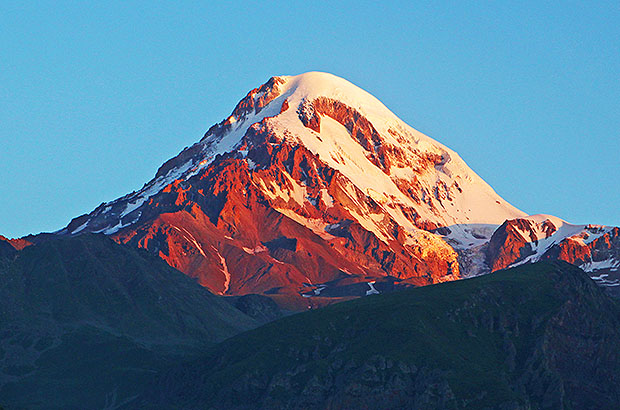
Being aware of your own actions and possible responsibility, follow the elementary safety rules - and enjoy the amazing world of mountain nature with health and peace of mind, with friends or alone - let the rescuers do nothing, it will only make everyone feel better!
The author of the text and photos - Alex Trubachev
MCS EDIT 2023
Our Principles
AlexClimb Rule #1 - Safety First
From the very beginning of our activity, here nearly 16 years, the first Principle of work of School of mountaineering and rock-climbing of MCS AlexClimb is the Safety Priority. On the basis of this Principle all process of training is based, all programs and rounds are developed and carried out only within this main principle. We consider that at professional approach to development of programs, at personal discipline and correctly put motivation - occupations by mountaineering and rock-climbing are COMPLETELY safe. And from the return - all troubles and accidents in our sport come from nonprofessionalism, from ignorance or neglect by elementary standards of safety, from irrational motivation, from revaluation of own forces and opportunities. All these prerequisites we COMPLETELY EXCLUDE in our work - ours Rock-climbing, Ice climbing and Mountaineering are based on one Principle - the Safety Priority. In rock-climbing, mountaineering and ice climbing, the Priority of Safety of MCS AlexClimb-is your personal security and comfort irrespective of, than we are engaged - we train muscles and we work technology of the movement in the sports hall and on the rock climbing wall, we make the way through snowstorm to top or we relax on golden sand of the Caribbean beach after hot day of trainings on rocks. The Safety priority - the main credo of School of mountaineering and rock-climbing of MCS AlexClimb.
AlexClimb Rule #2 - Leave No Trace
Closely interacting with Nature, working with the active programs in mountains, woods, lakes and rivers, we perfectly understand the importance of carefull and respectfull bahavior towards the Nature, for its resources. From the very beginning of our outdoor-activity we adopted rules of Leave No Trace technique - the standard of behavior of the person accepted in all the civilized world in relation to environment and especially - to the wild nature. After all on the relation of people to the nature near which they exist, itself can draw dalekoidushchy conclusions on the relation of these people to... Where and as we didn't travel - we don't reserve any garbage, we try to reduce whenever possible our influence on environment to a minimum. We clear earlier zagryazyonny tourist parking of the left garbage, we take out and we take out to utilization places that to us other people left there. We consider that only thus, at personal individual consciousness of each citizen, each tourist, climber or autotraveller, we will be able to keep the nature surrounding us in its state, natural, suitable for life, - in it pledge of the healthy future for ourselves and our children.





